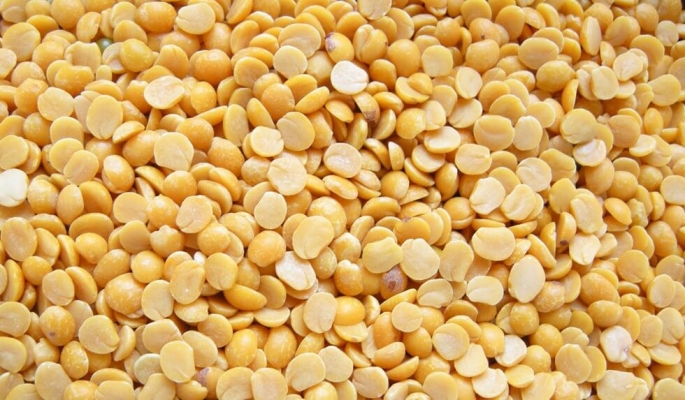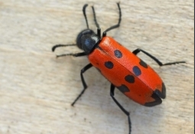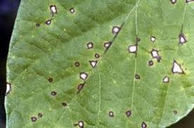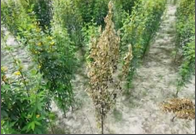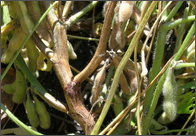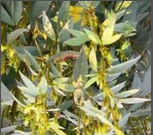General Information
It is a popular pulse crop and it is rich source of Protein. It is cultivated in tropical and sub-tropical regions. It is important legumes crop of rainfed and semi-arid tropics and it can grow as single crop or intermixed with cereals. It enriches soil through symbiotic nitrogen fixation. Andhra Pradesh, Gujarat, Karnataka, Madhya Pradesh, Maharashtra and Uttar Pradesh are major Pigeon pea producing states in India.

